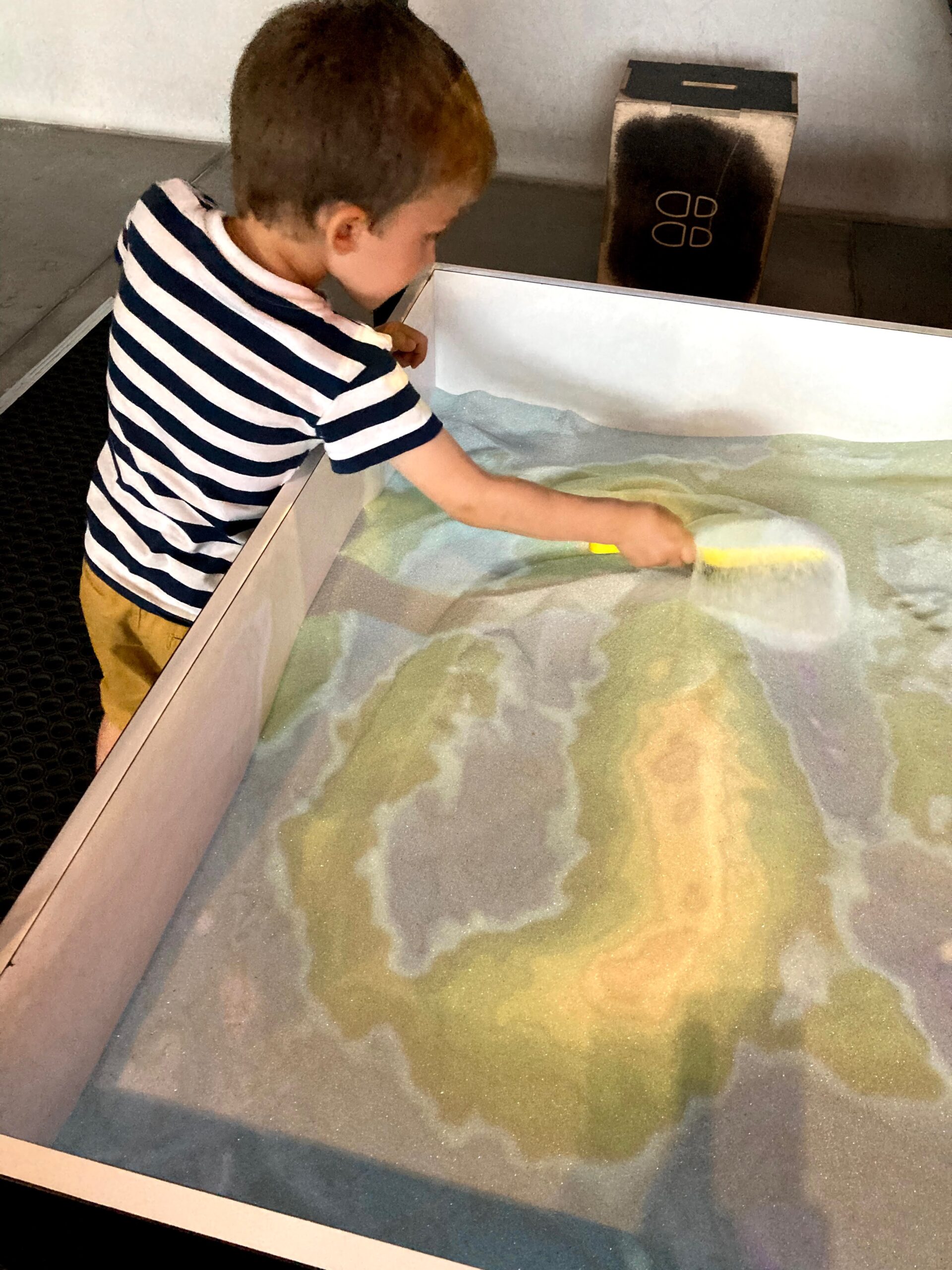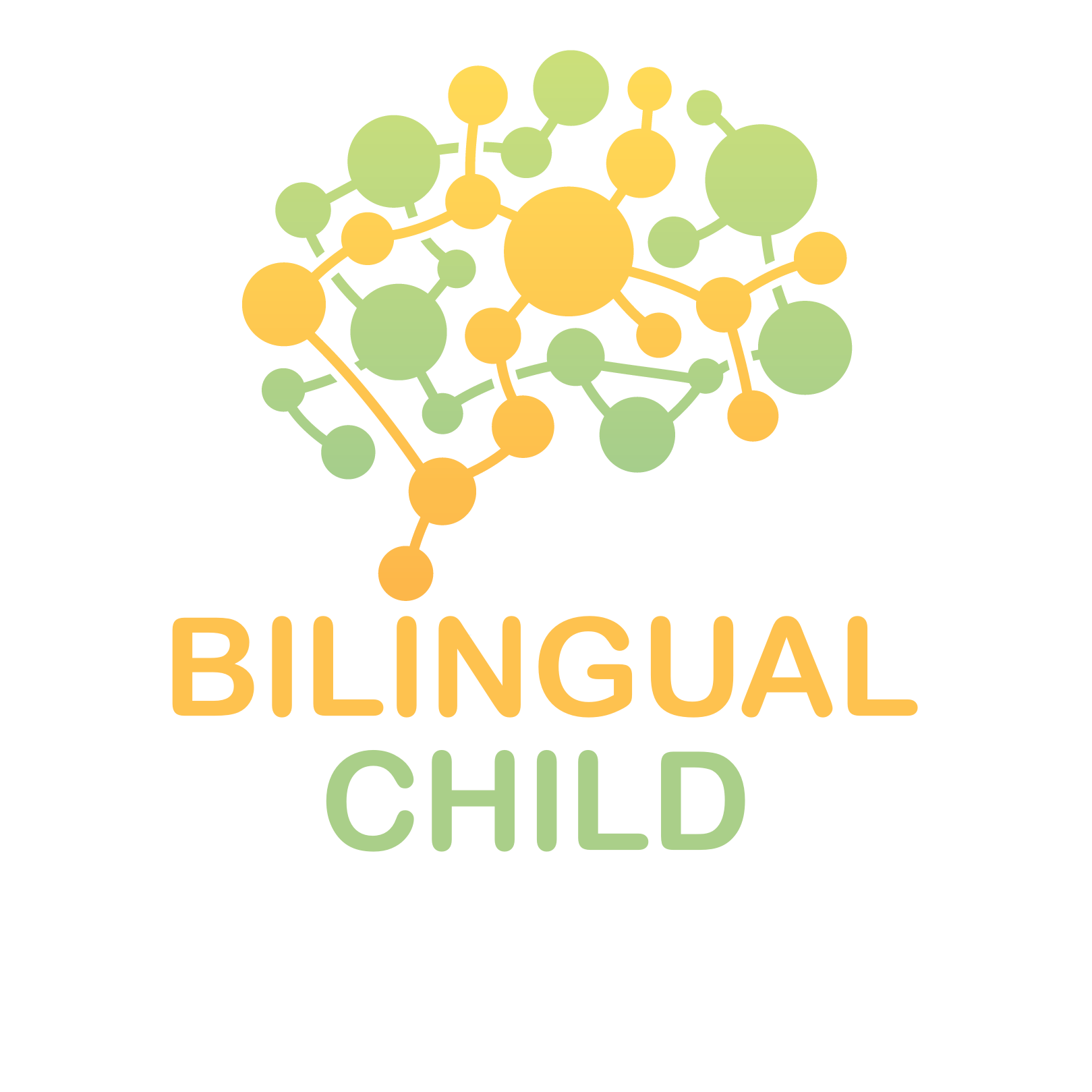
Adam has melted my heart one day, after what he has said to us. As Hanna has started nursery recently (English/Welsh), she gets really excited about the songs she knows ie ‘The wheels on the bus’, ‘Wind the bobbin up’. I wanted to encourage her, and started singing one of them, and then, my lovely Adam has said (in Polish): ‘Mum, we have to sing to her in Polish, so she knows Polish! She learns English at the nursery!’
The student surpassed the master!
Today let’s talk about: ADDITIVE BILINGUALISM
It is a process of learning a new (second) language, when still developing the first language.
In this approach, the second language is seen as an addition to the learner’s first language, rather than a replacement for it. Additive bilingualism is often seen as the main goal of bilingual education, as while learning a new language, and gaining fluency and proficiency in it, the first language skills and culture remain valued. Both languages are well-developed.
Ok, so how to encourage additive bilingualism?
Let me know what are your ideas to encourage additive bilingualism.
Feel welcome to join my newsletter, where I will be sharing with you ideas and resources to help you to support your child in his bilingual journey.








Recent Comments